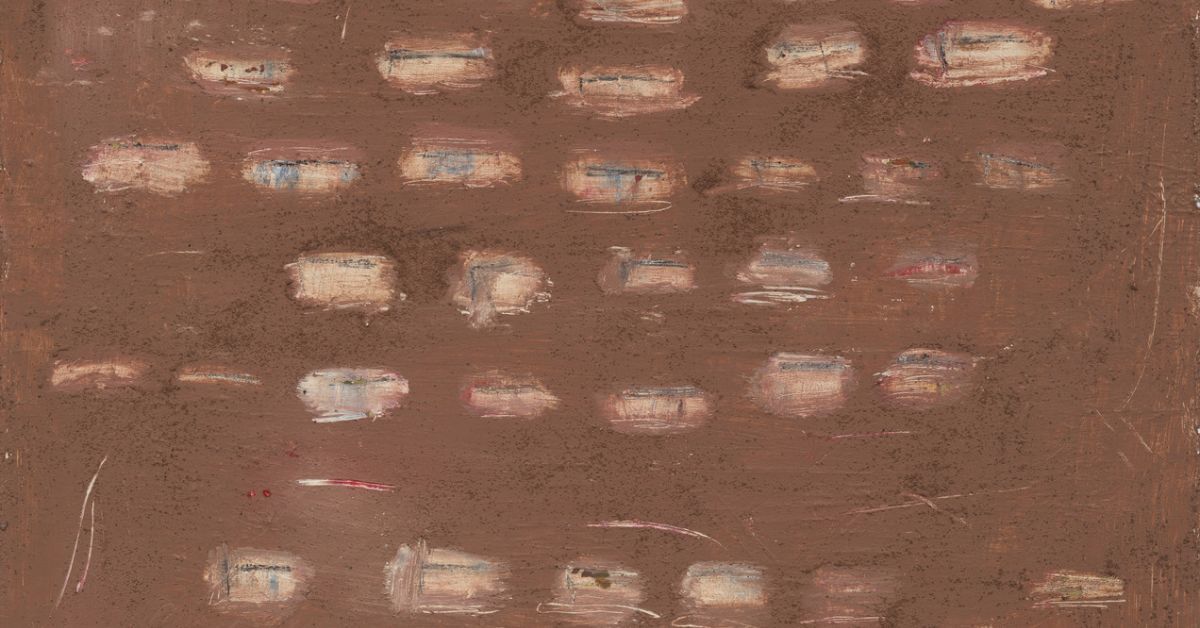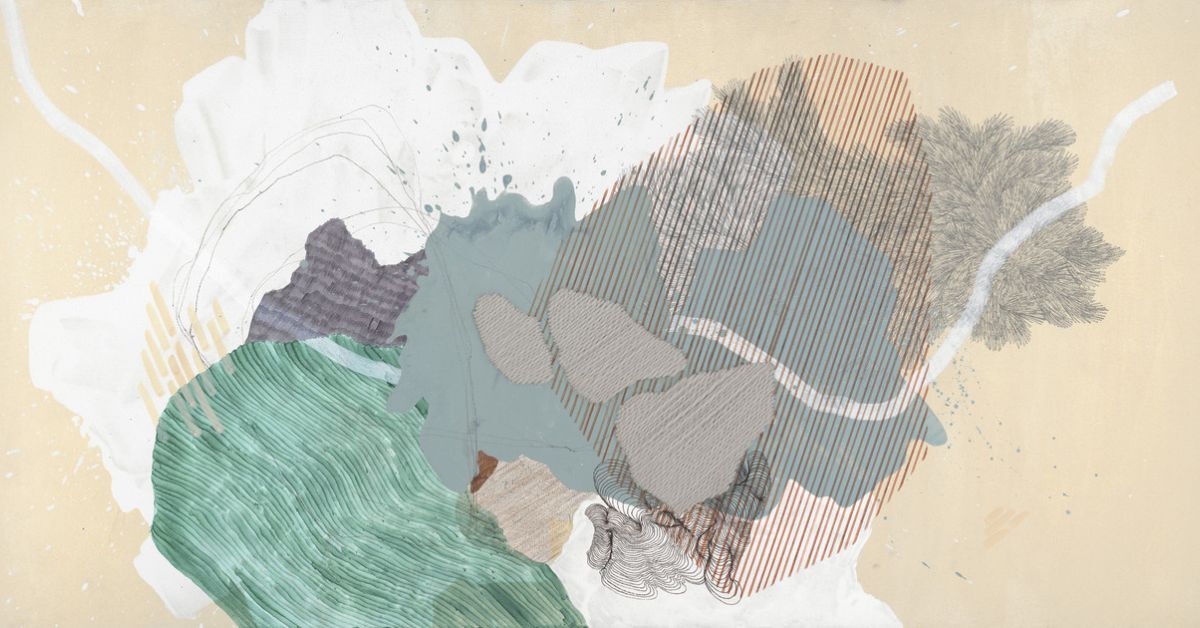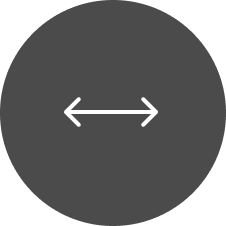Wall art is one of the most classic ways to decorate interior spaces. Beyond its aesthetic element, it also serves as a focal point that captures attention the moment someone steps into the room. In some cases, wall art can even set the emotional tone for the entire space. After all, art has the power to add depth, character, and dimension to any area.
Collectors and art lovers looking to go further beyond classic art should strongly consider textured prints. These art prints escape the usual confines of the second dimension to add intriguing layers of complexity. Textured pieces invite interaction, curiosity, and engagement, adding richness and uniqueness in subtle ways.
Understanding how textured wall art adds depth and dimension to interiors allows you to plan how it will affect your space to maximize its full potential. Wonderwall Studio is here to help with advice and information you can use whether you’re a new art collector or a seasoned pro.
Textured Wall Art 101
The basic idea behind textured wall art is that it extends beyond traditional flat surfaces. Many materials, techniques, or design elements go into creating this almost-3D effect. For instance, some artists may work with textured canvases like wood, fabric, or metals. Others may create texture through artistic methods like layering paint to create a 3D effect or weaving certain fabrics together to add extra layers of dimension.
Textured wall art often falls into two main categories: paintings or mixed-media creations with built-up surfaces and three-dimensional installations that protrude from the wall itself. No matter the approach, the texture is what makes these pieces stand out and leaves such a lasting imprint on the senses by blurring the lines between visual and physical space.
A Brief History of Texture in Art
The idea of incorporating texture into wall art isn’t a modern concept. Artists have experimented with materials and techniques to create dimension for centuries. Renaissance sculptors, for example, painstakingly carved textured details in marble to mimic soft fabrics, flowing hair, or weathered stone. Baroque art brought dramatic texture through dynamic reliefs and layered compositions that played with light.
Even modern and contemporary pieces allow us to explore new ideas with texture. The Abstract Expressionist movement embraced texture as a focal point, made famous by artists like Jackson Pollock. His use of paint splatters created layers and 3D effects through unpredictable patterns.
Other artists, like Alberto Burri, would use burlap and iron to create distinct compositions. Many of the ideas behind the history of texture in art involve using materials as the foundation to create distinct and memorable depth.

Textured Wall Art and Light Interaction
One of the most distinct ways textured wall art adds depth and dimension to interiors is how it plays off of light. Unlike smooth textures, the subtle 3D nature of textured prints creates opportunities for natural shadows that work into the piece. Metallic or glossy components can reflect light to create distinct and memorable shifting highlights.
Strategic lighting is an important part of showcasing textured wall art. You can use directional lights like sconces or track lighting to add a sense of depth to the surface of each piece. Works with metallic highlights create a unique relationship between artificial and natural light. This interplay of form and light makes textured wall art feel endlessly dynamic, elevating its aesthetic appeal while highlighting the artistic techniques behind it.
Complementing Different Design Styles
One of the benefits of textured pieces is that there’s a sense of versatility to them. You can easily blend them with a range of other interior design aesthetics. They can enhance minimalist interiors by adding an extra touch of intrigue and warmth that splashes against the typically monochromatic design philosophies. Textured prints also look right at home in rustic or natural settings, especially when conveying forests, mountains, and other natural regions.
For contemporary designs, abstract textured compositions in acrylic or mixed-media lend sophistication, while metallic sculptures elevate glamour. If you’re going for more of an eclectic style, try adding layered tapestries or works inspired by the world around us, which imbues your space with a sense of history and richness. Whatever the design language, textured wall art acts as a bridge between beauty and functionality, tying together elements to unify the overall look.
Creating Focal Points With Textured Wall Art
The focal point of your space is the first thing that catches the eye when someone enters. Wall art, particularly large pieces on a far-off wall, do a good job of serving this purpose. Textured art naturally draws the eye through its 3D nature and use of light and color. Turning your work into a focal piece helps it transcend traditional visual flair and gives it a deeper sense of purpose that anchors the other design elements in your home.
Focal placement can range from positioning textured pieces above mantels or furniture to creating gallery walls filled with varied textures. Regardless of your approach to home decor, you can use textured art to naturally work together with the other pieces in your home to build a sense of dimensional contrast.

Collecting and Curating Textured Wall Art
Textured wall art is a great option for those looking to expand their art collection. Not only are these pieces aesthetically powerful, but they also celebrate artisanship and creativity across cultures and artistic movements. Curators may begin with smaller, versatile pieces and explore larger installations over time, carefully selecting those that resonate on visual and emotional levels.
You can find new pieces by checking out your local art scene. Explore online galleries, art workshops, or local fairs to discover pieces. Finding the right textured wall art for your collection is a worthwhile investment and an opportunity to explore the tactile diversity that helps transform home interiors.
Discover the unparalleled beauty of textured abstract paintings with Wonderwall Studio. Elevate your living spaces with unique, handcrafted pieces that bring depth and sophistication to any environment. Explore our collection today to find the perfect artwork to complement your style and inspire your home.



